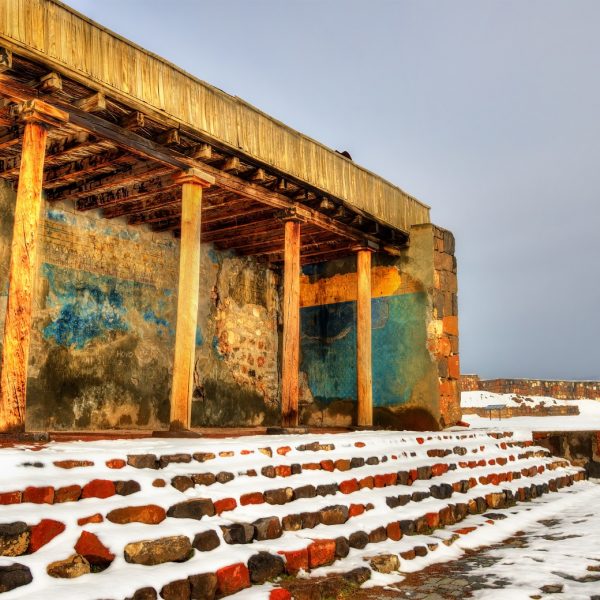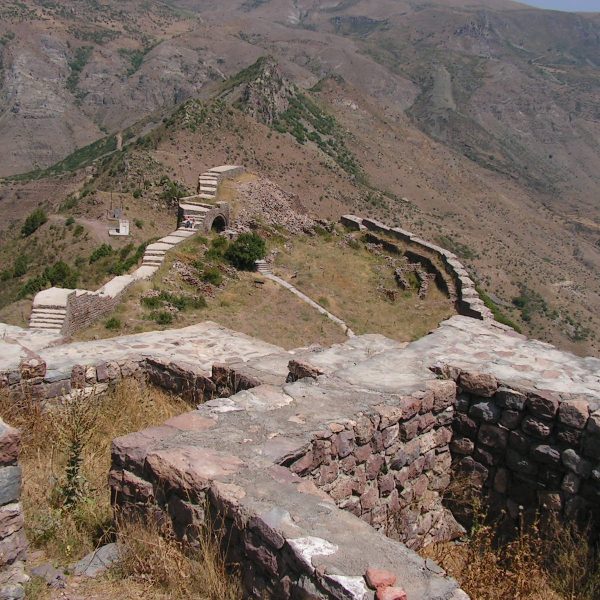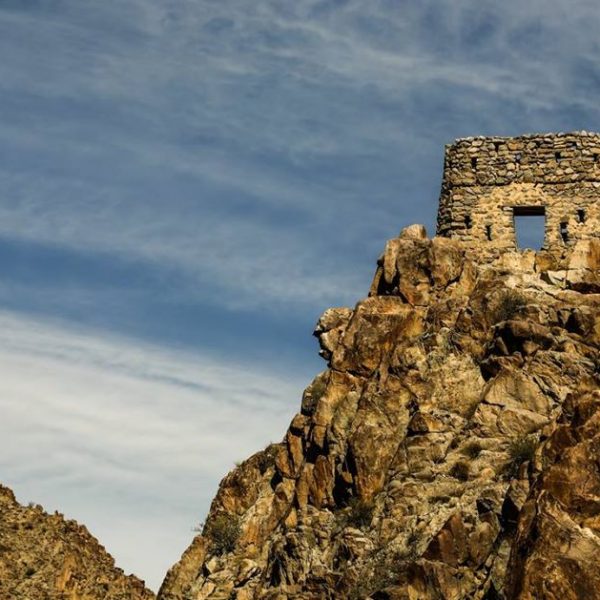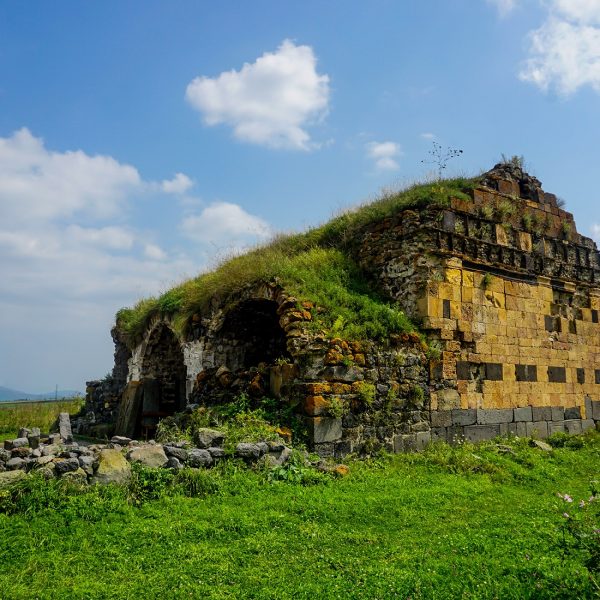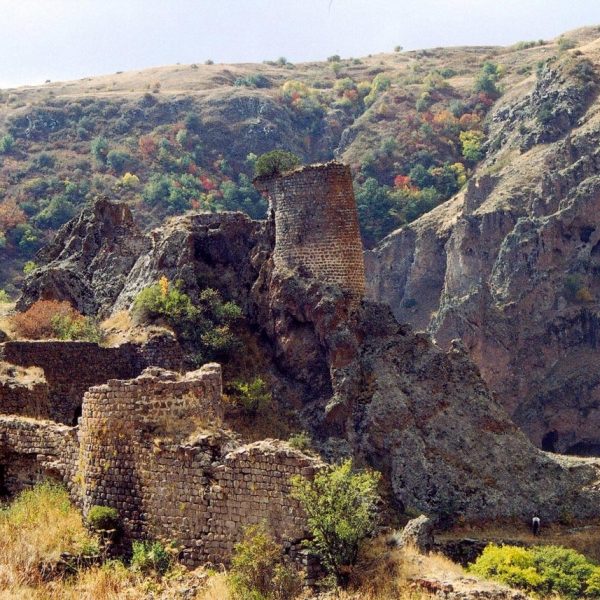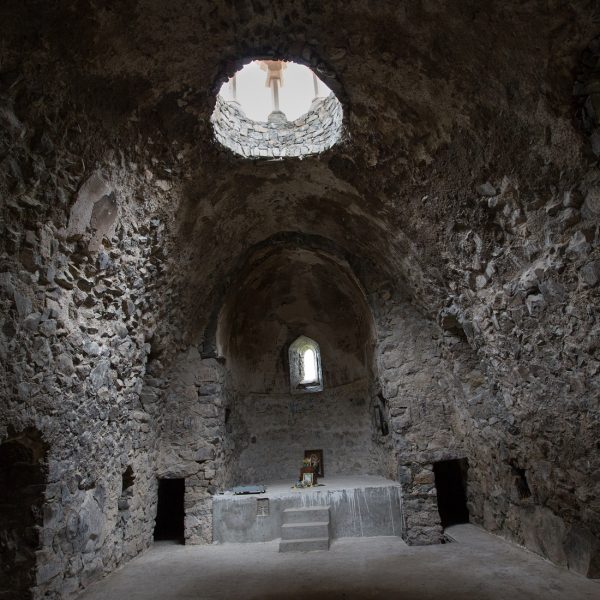There is hardly any traveler who chooses to visit a country having very few expectations because if you visit it then you have one thing on mind – to get most out of that country, and eventually out of your visit. Otherwise, why visit it?
A journey to Armenia might be spiritual, cultural, entertaining; this is true, but Armenian’s not an A-grade student in all subjects. What does it mean?
For a traveler who’s been to such countries as France and Spain and has seen their fortresses and castles, Armenia might appear boring (in this respect). Though its being boring is a very relative thing. It’s no secret that throughout its history Armenia’s not only been a battlefield but has also been in the crossroads of countries fighting against each other for power. Those wars one day used to end but Armenia kept on bearing their influences and consequences.
Other than that, Armenia is one of those countries that has suffered numerous natural disasters, which, in their turn, also left their mark on it. Just like the breath of the wind sometimes causes the flower that was trod to lift its head, so has been with Armenia; despite everything its faith and will have caused it to stand up no matter how hard it was pulled down. But as the flower is sure to have lost at least one of its petals after it was trod, so did Armenia; it survived but it suffered great many losses. One of those losses the presence of which would make Armenia an even more impressive country than it is now are the castles and fortresses. These are one thing, which lie in ruins and presently, they will hardly provide a delight to the eyes because there is not much to see. But there is one thing they can afford to do, and that is to recount to their visitors the stories of their struggles, of their construction, of the purpose they served, of the kings and queens that resided there as well as the life that was being led there.
Situated close to Mount Aragats there is the fortress castle of Amberd. The name means “fortress in the clouds.” It was the summer residence of the Armenian Kings and Queens. In the 13th century the fortress was attacked and ruined by Mongols. It was then followed by Lenk timur’s invasions in the 14th century, which caused the fortress castle to lose its significance. Not far from the fortress castle there is the church of Saint Astvatsatsin.
Another fortress, which is also known as David Bek’s castle, is Baghaberd, which was captured by the Seljuk Turks in the 12th century. The fortress dates to the 4th century.
Among other fortress-castles are the Bjni Fortress (9th-10th centuries), Ertij Fort (13th century), Kakavaberd or Geghi Berd (built perhaps in the 4th century), Kosh Fortress (13th century), Fortress of Smbat (5th century) and so on. Of interest is Odzaberd, which means the Serpent’s Fortress. The fortress as well lies in ruins and it attracts not only with its history but also because it’s an important archaeological site, which was once a fortified Urartian city.
One thing to consider when visiting Armenian fortresses and castles is that with their current appearance they don’t appear to be attractive. In this regard, having a good and very well informed guide is in some sense a must, because only after getting acquainted with the history of that particular fortress it will stop appearing just a pile of stones. And if you really get interested in it, you might as well subconsciously draw the layout of those fortress castles in your mind and adding some colors breathe life into them.

